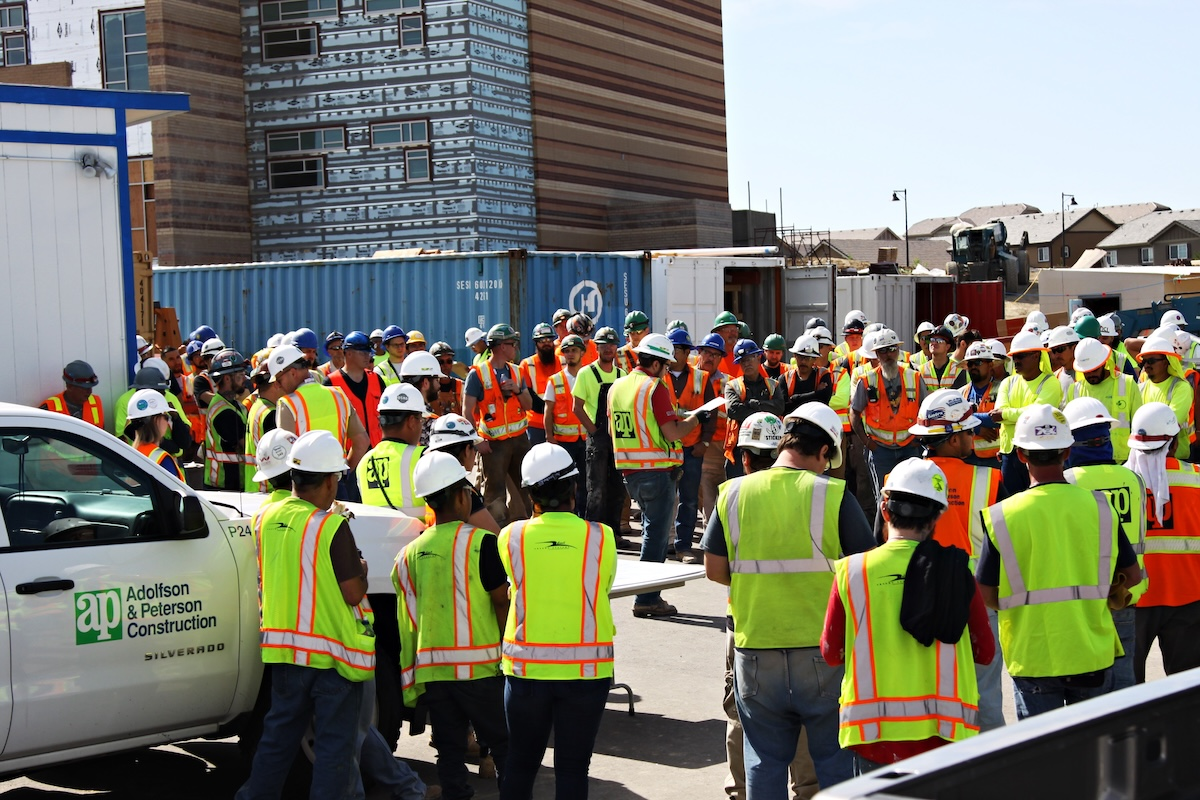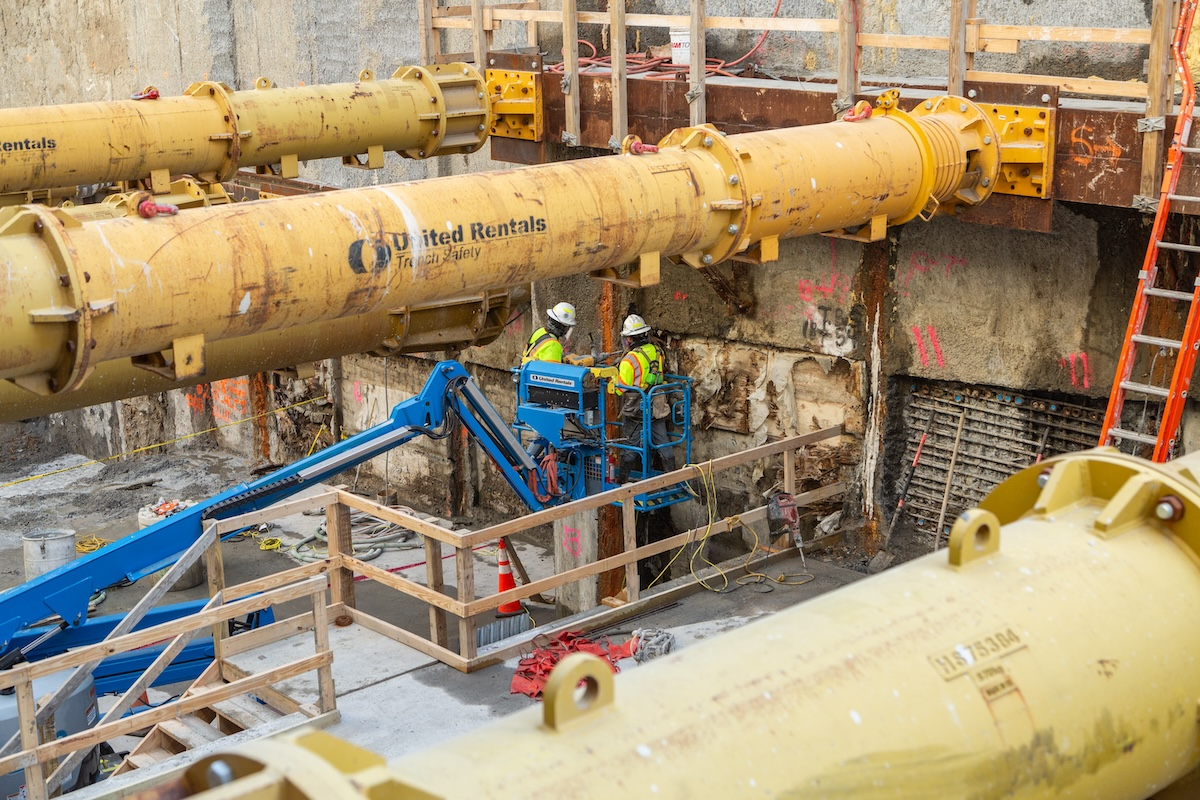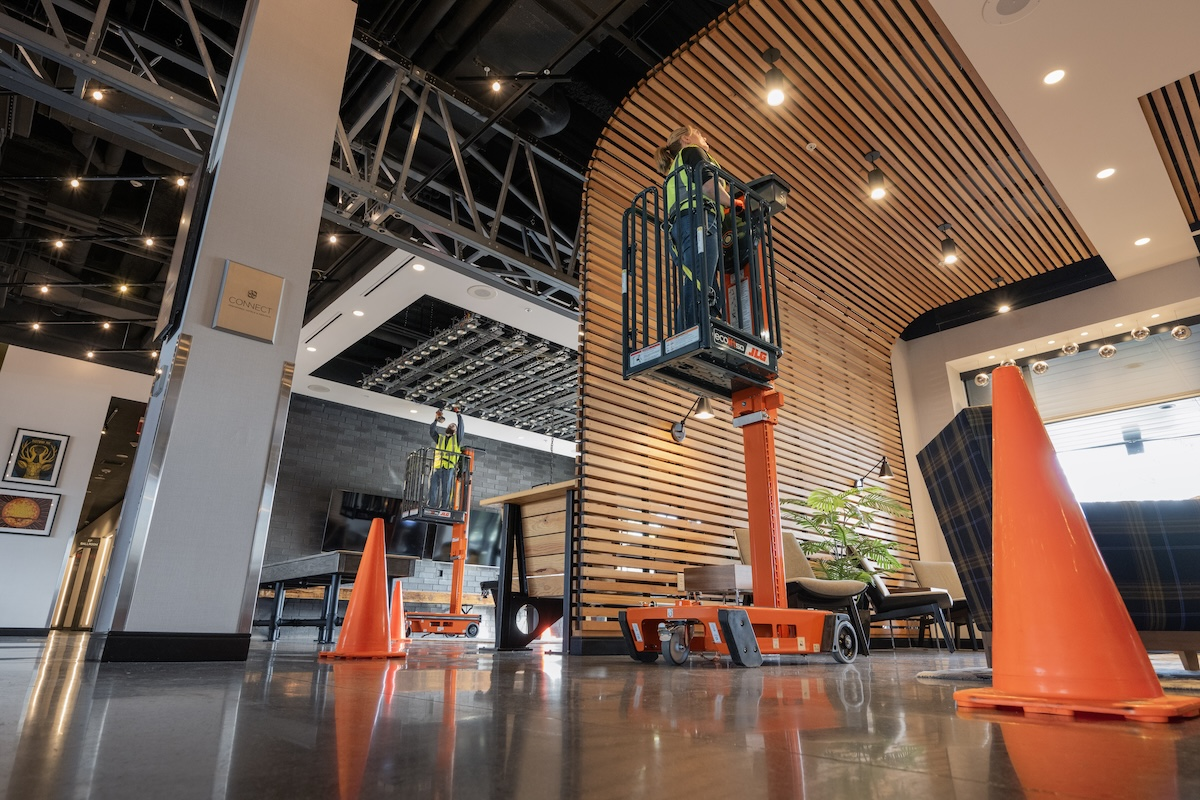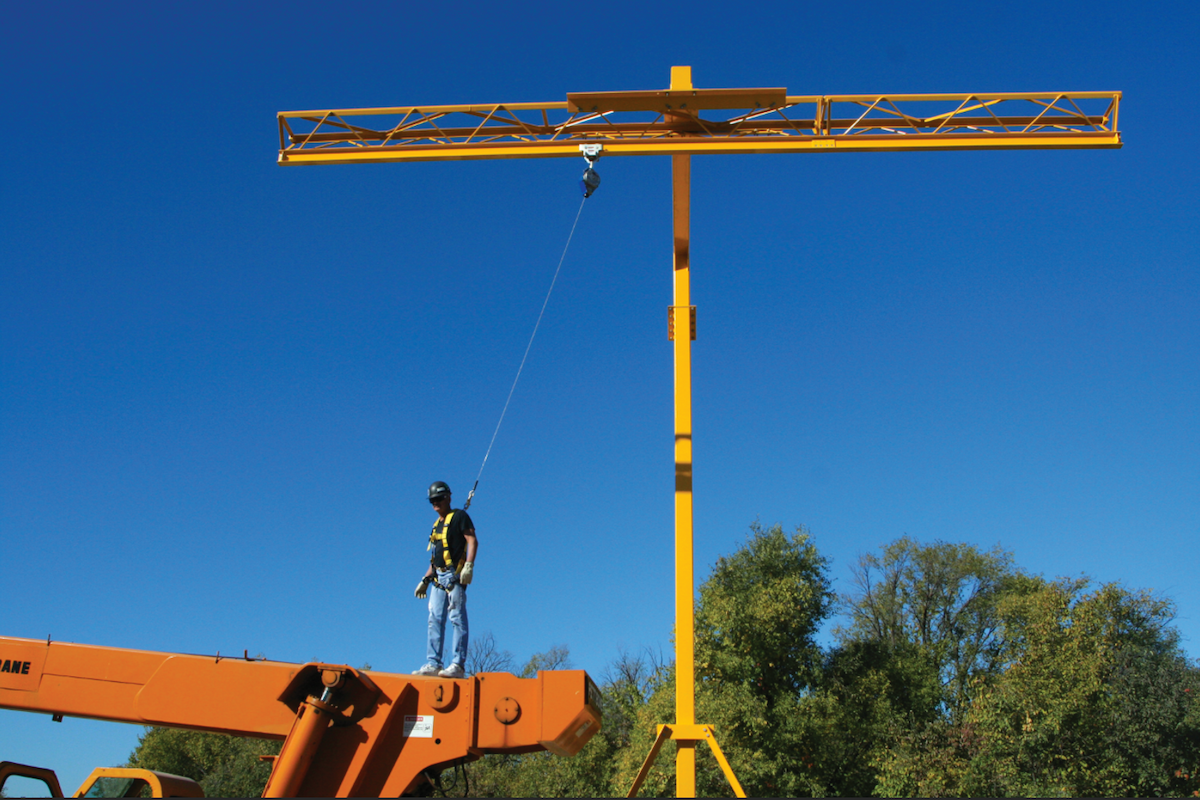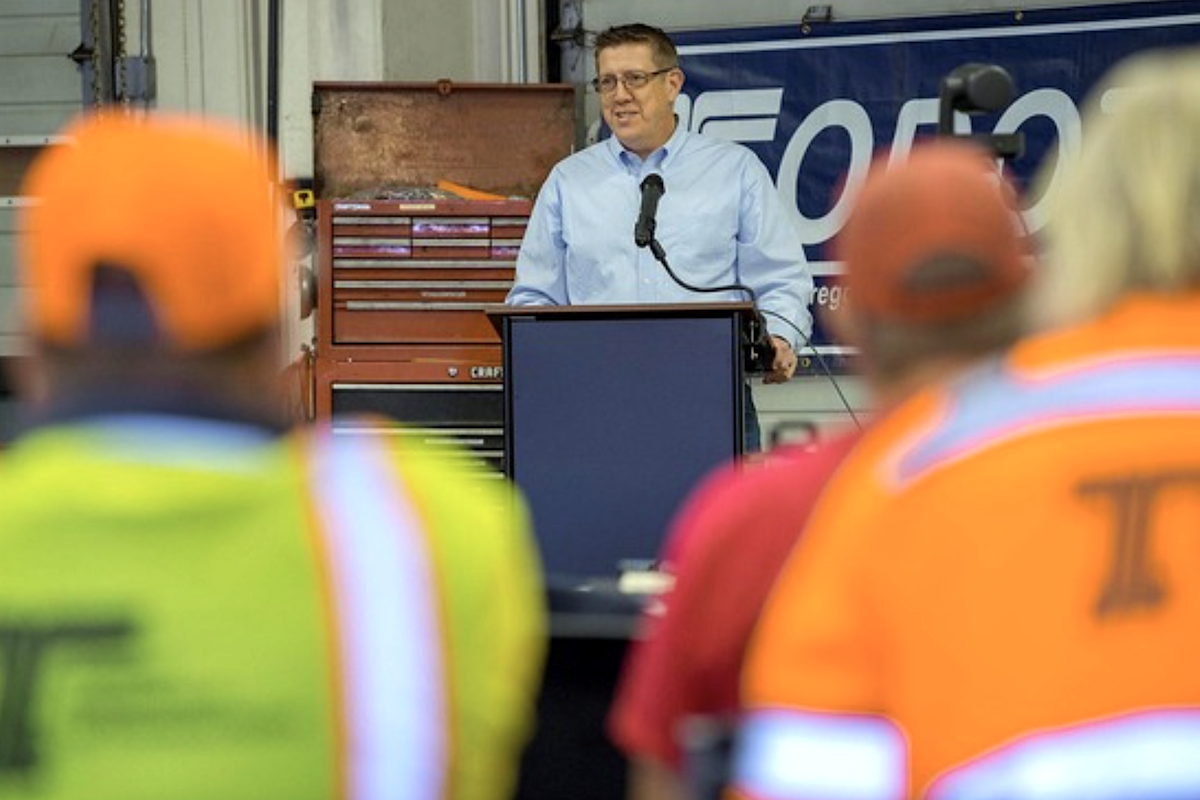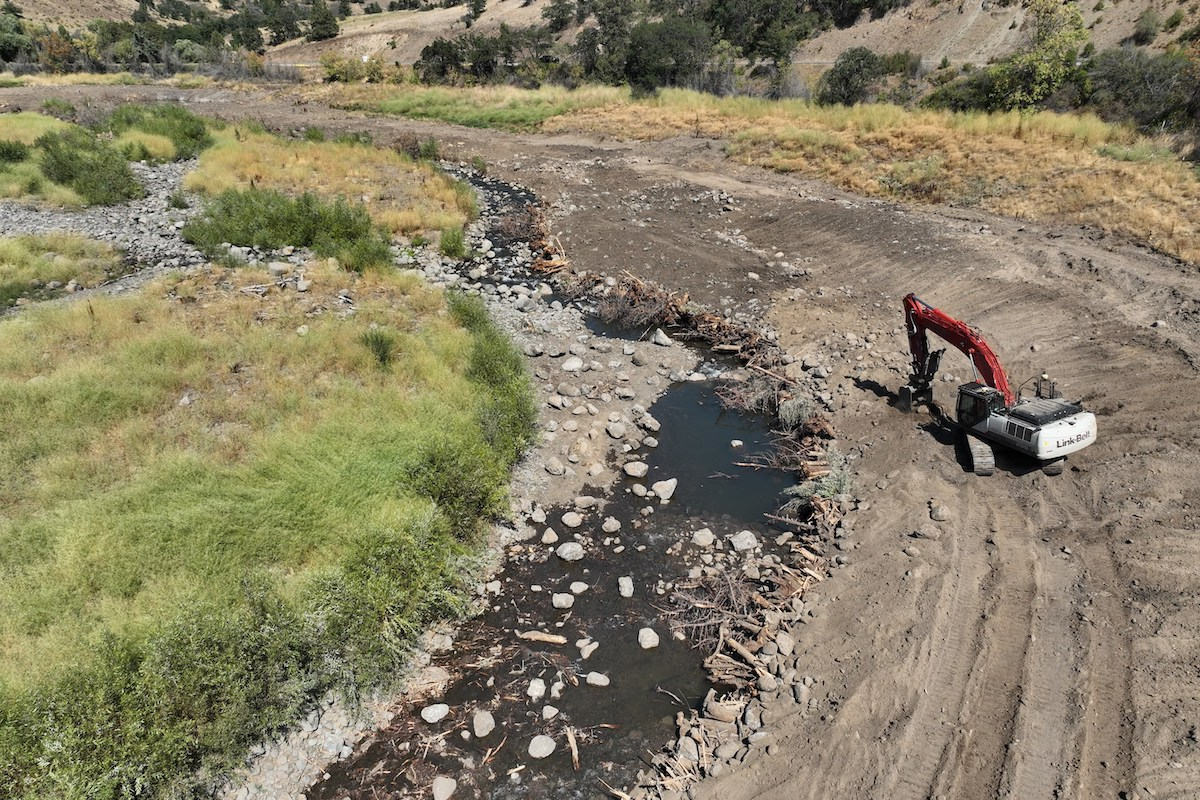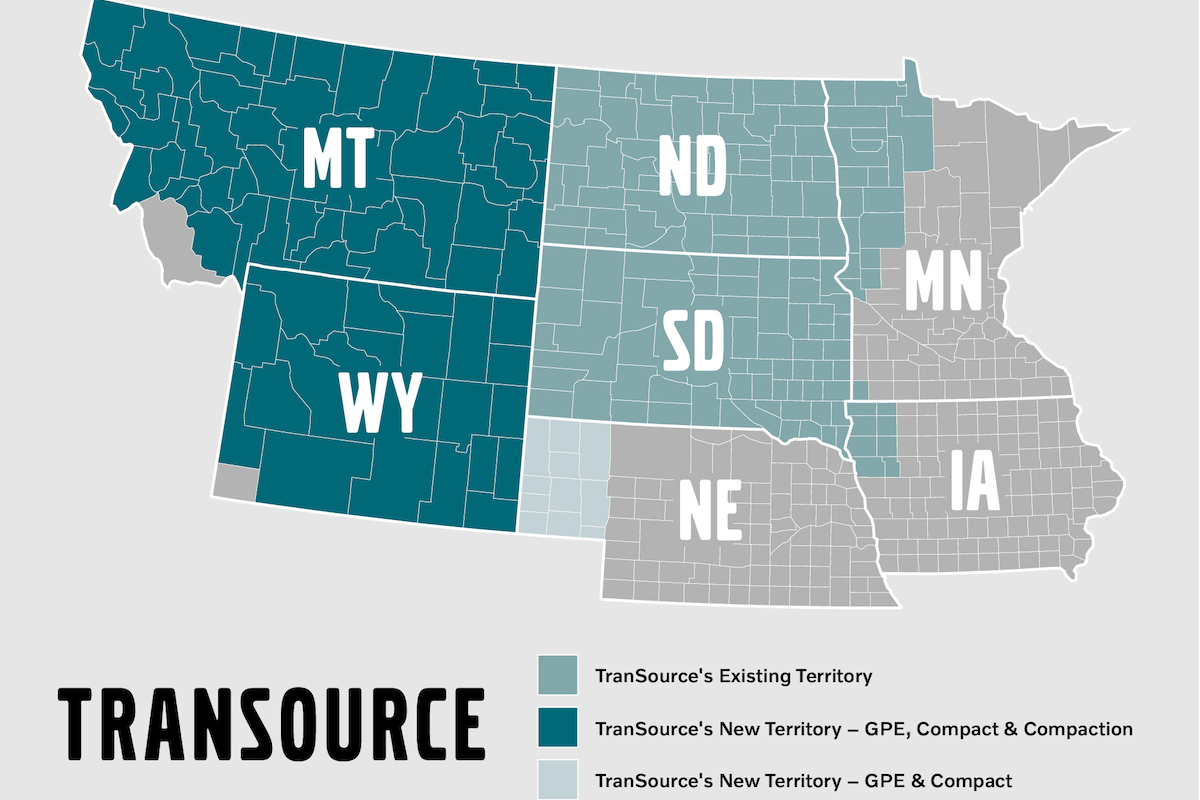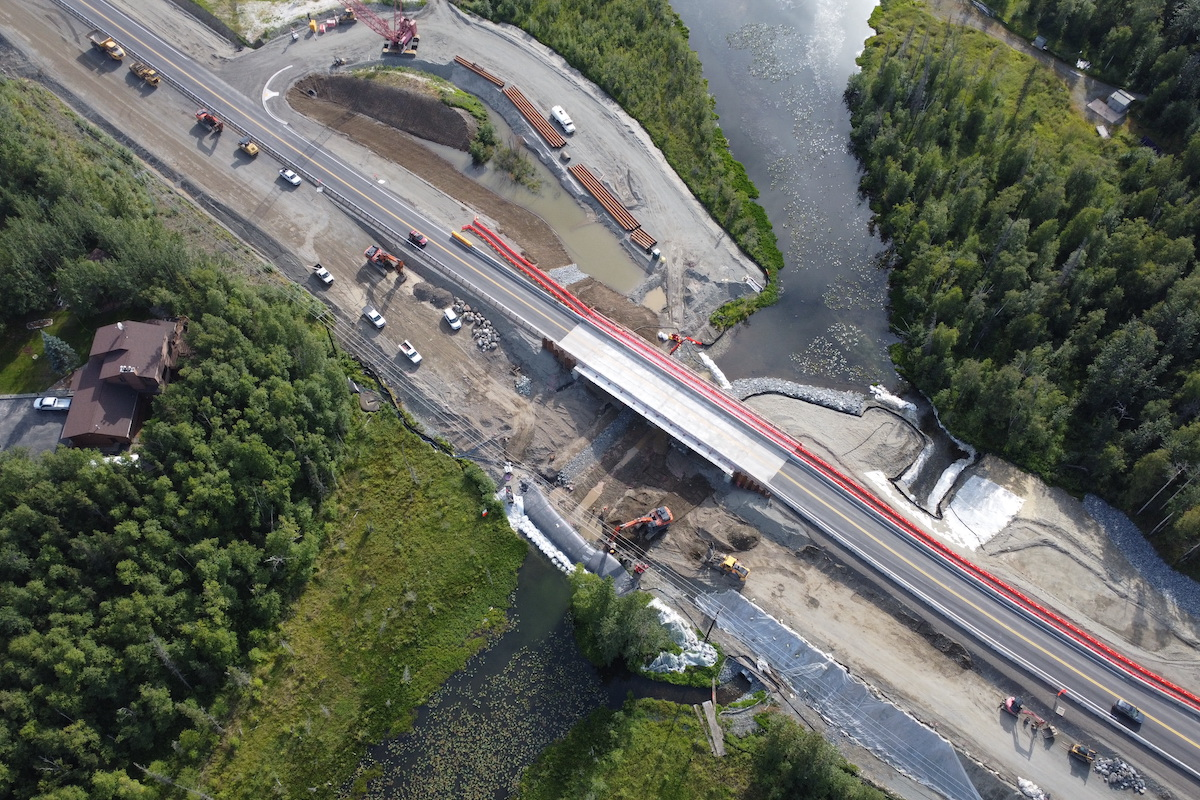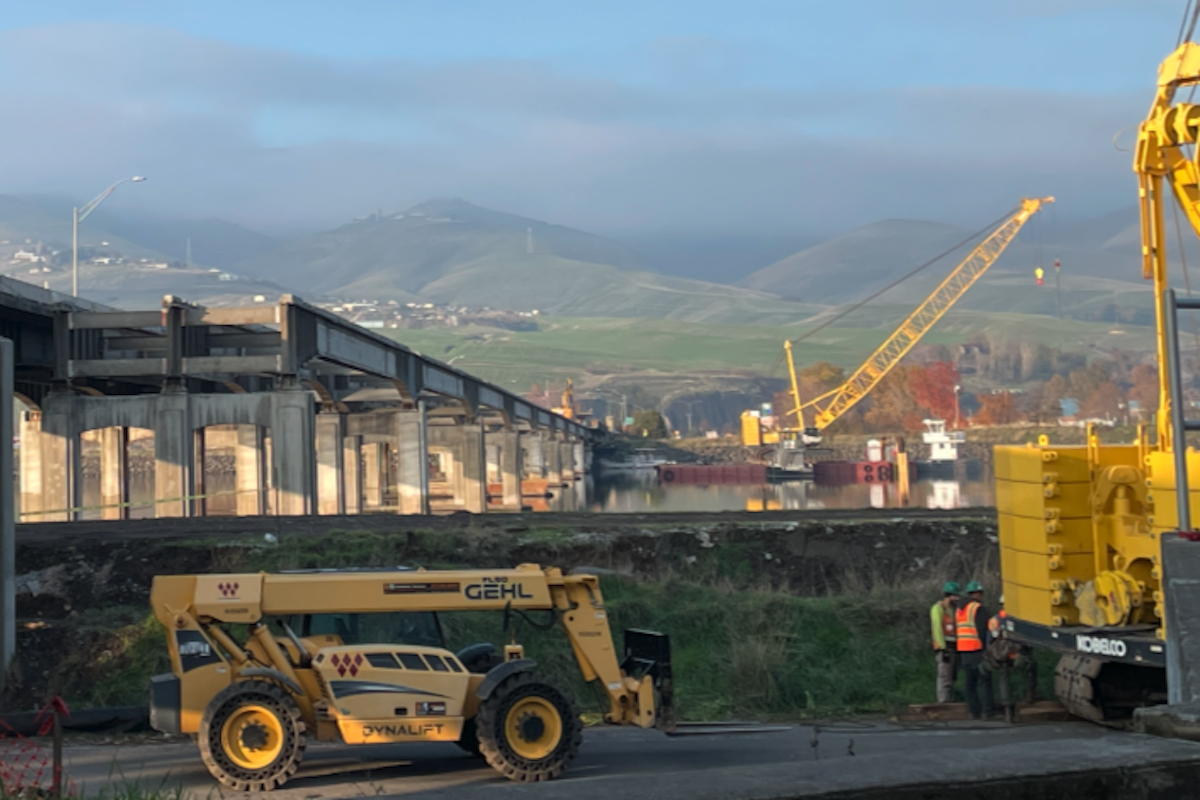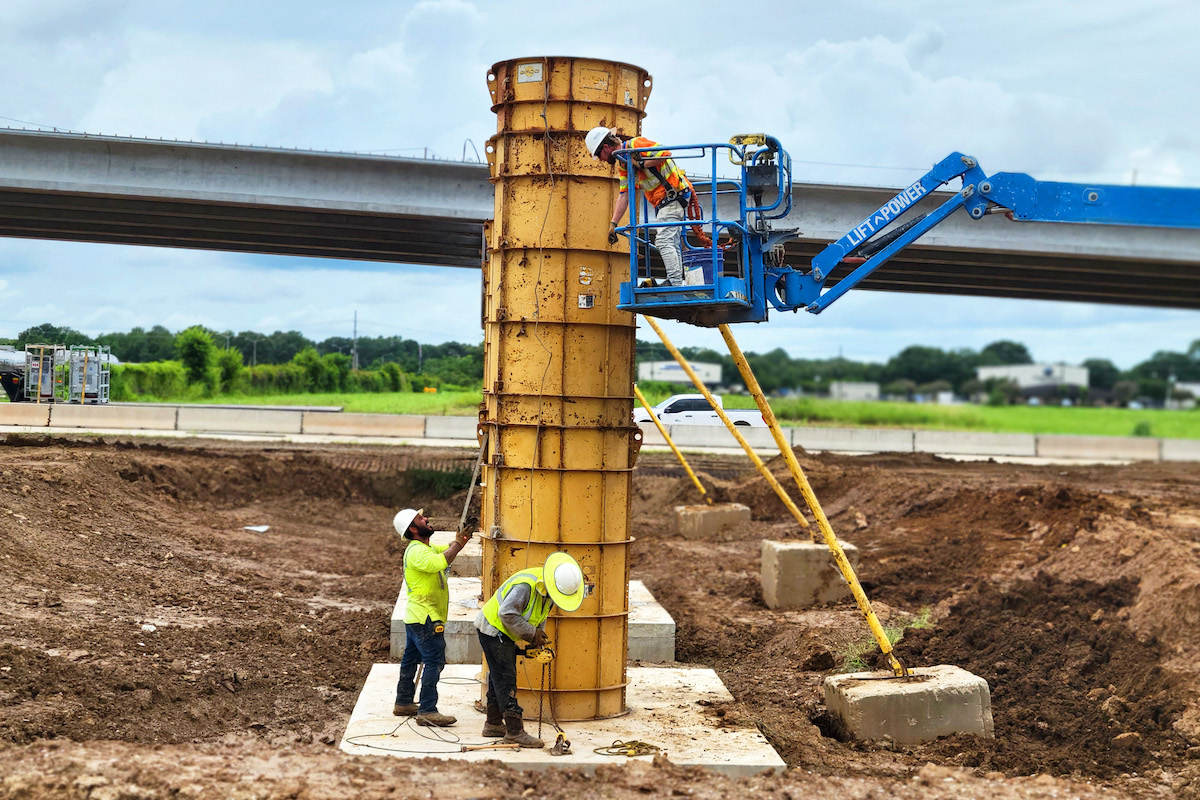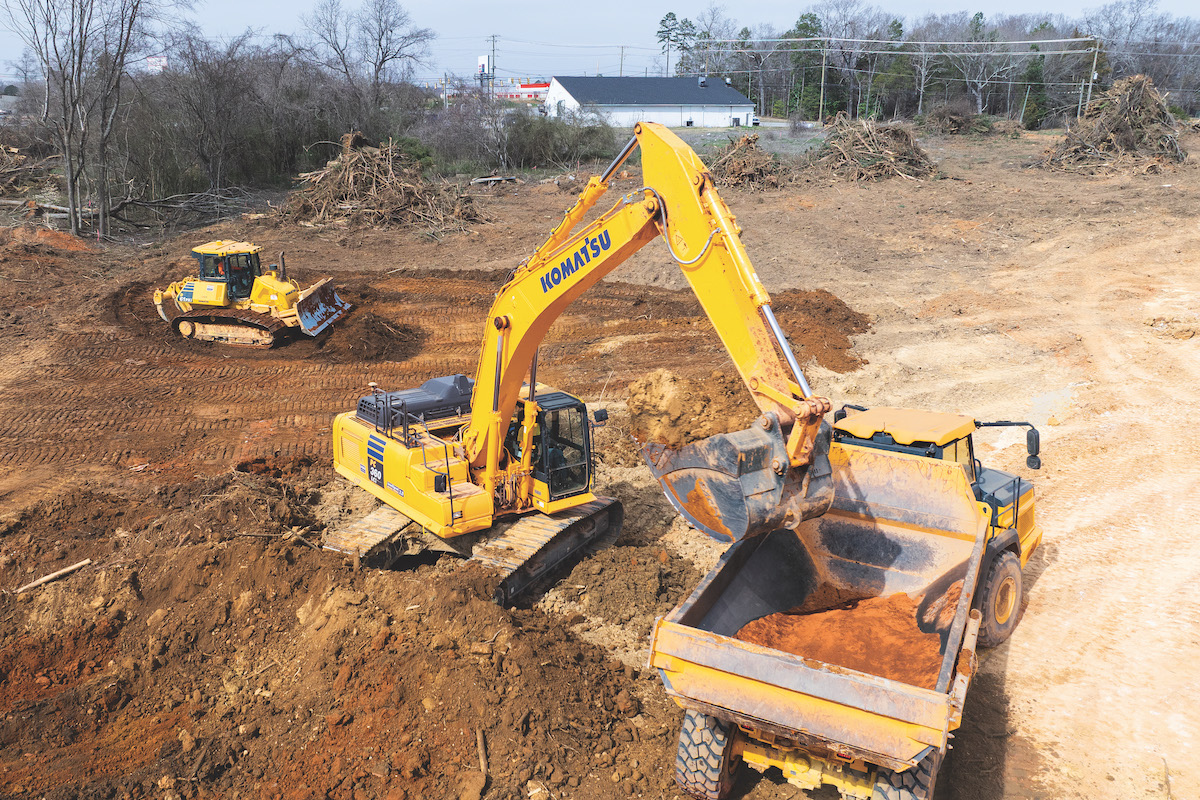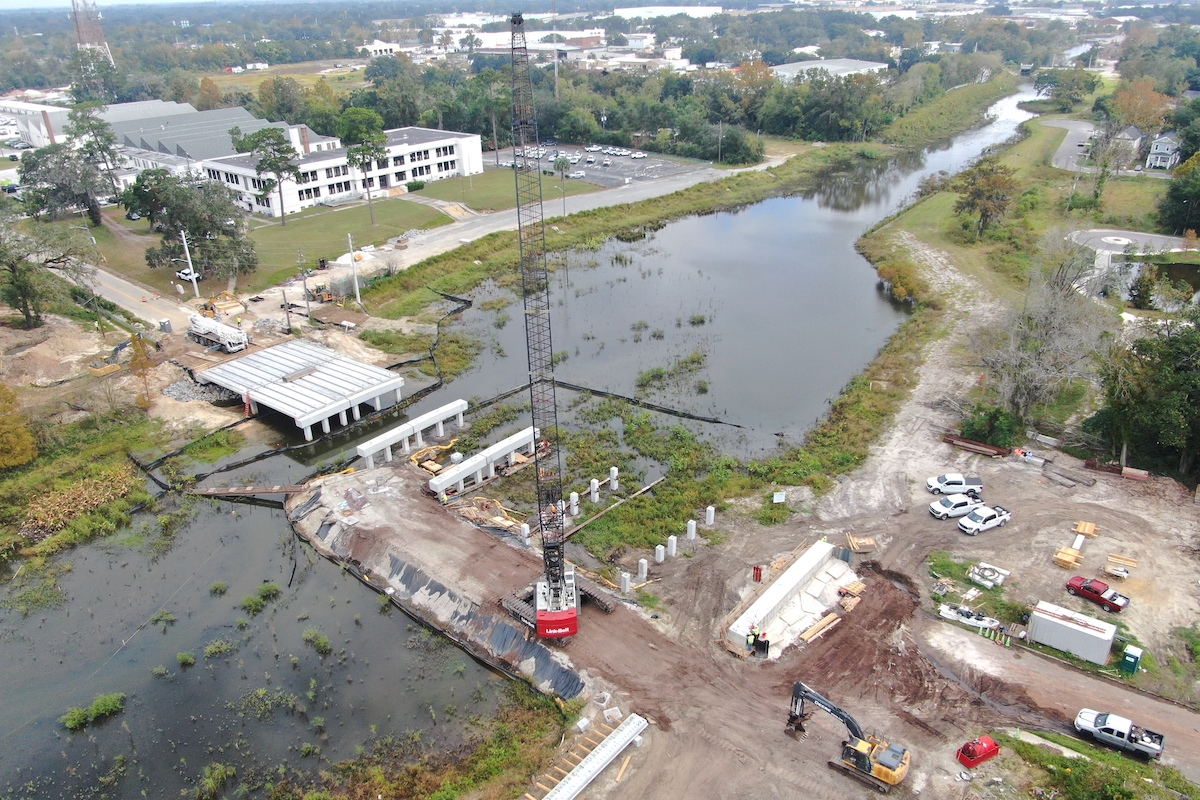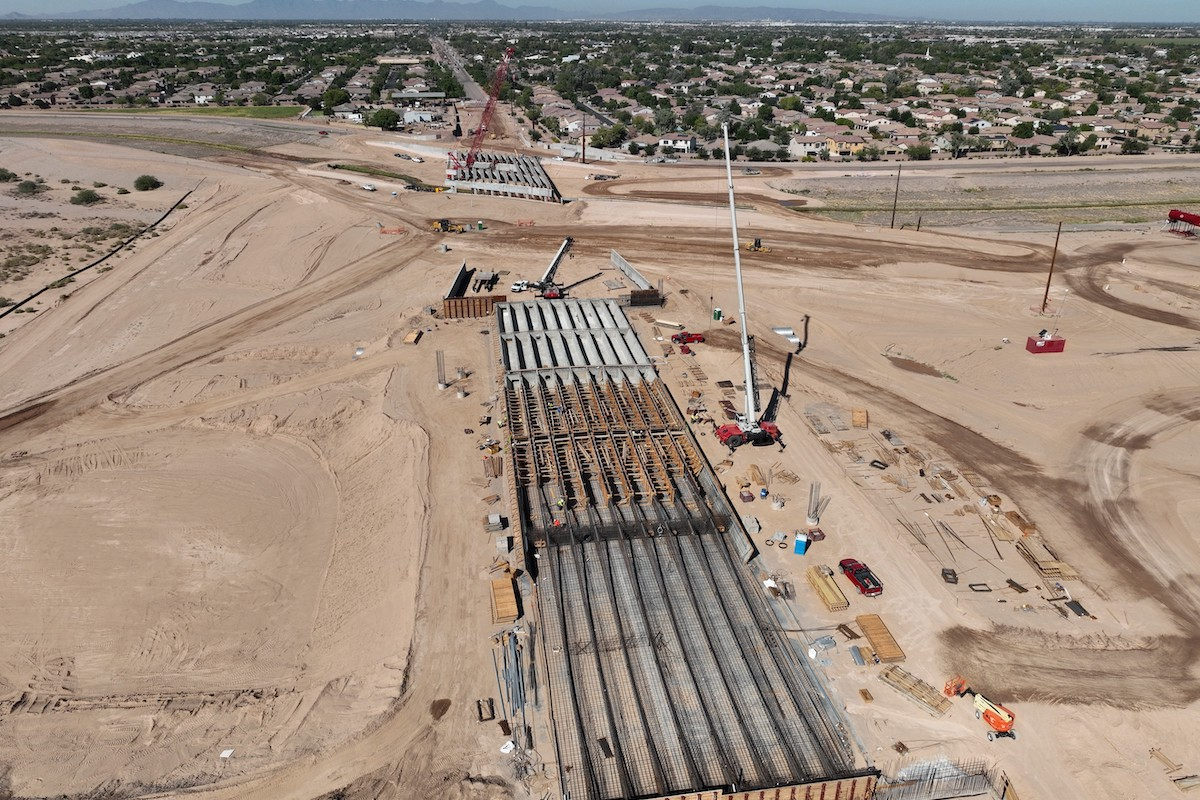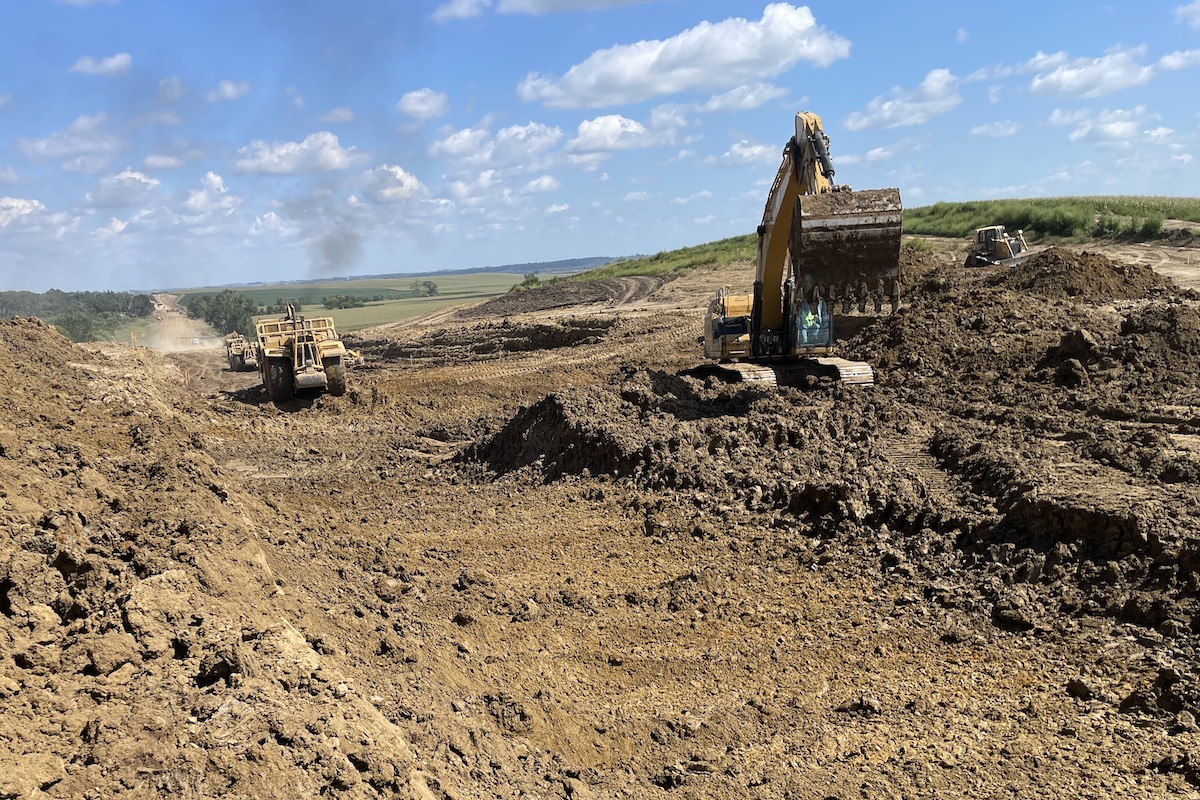The traditional approach to subcontractor prequalification is increasingly ineffective.
With labor shortages, increasing insurance costs, and limited subcontractor capacity, general contractors need more than a pass/fail system to manage subcontractor risks. They need a comprehensive, dynamic risk assessment; thoughtful risk mitigation plans; and systems to execute those plans across the project life cycle.
A novel approach to prequalification empowers GCs to identify risks and build structured mitigation plans to promote contractor success as a standard for partnership. This paradigm also builds a larger, stronger pool of subcontractors to engage on future projects.
The ongoing labor shortage makes it hard for GCs to hire capable subcontractors. The 2024 Workforce Survey by the Associated General Contractors of America (AGC) and Arcoro found that more than 90 percent of firms struggle to fill craft and salary positions. These labor shortages reduce subcontractor capacity, leading to fewer subcontractors bidding on new projects. With a diminished subcontractor pool, GCs can’t be as picky as they once were.
In the 2024 AGC/FMI Risk Survey, 70 percent of respondents reported a rise in subcontractor distress or defaults compared to the previous year, with nearly half experiencing project disruptions as a result. Contributing factors include financial instability, labor shortages, and quality issues, particularly in trades like electrical, plumbing, and concrete.

| Your local Somero dealer |
|---|
| American Construction Supply |
The labor shortage can compromise safety, as less-experienced workers are often hired to fill gaps. The 2024 Travelers Injury Impact Report found that first-year workers accounted for 44 percent of all construction injury claims. These newer, less-experienced workers are more prone to accidents, putting strain on project timelines and increasing costs associated with workers’ compensation claims.
Traditional prequalification processes take a pass/fail approach. This strategy doesn’t work when a GC has far fewer subcontractors to choose from. If you fail a subcontractor, a viable replacement may not exist.
Even if a subcontractor’s prequalification reveals significant risks, GCs may still engage them due to other factors. Some subcontractors possess specialized skills essential for project requirements, making their involvement indispensable. Project owners may emphasize diversity and inclusion goals, necessitating the hiring of local or disadvantaged businesses. Longstanding relationships between project managers and subcontractors can also influence hiring decisions due to established trust and familiarity.
These considerations highlight the multifaceted nature of subcontractor selection, where risk assessments must balance project-specific needs, client directives, and professional relationships. GCs must find ways to help subcontractors succeed despite the risks they bring to the job site.

| Your local Metso Minerals Industries Inc dealer |
|---|
| PacWest Machinery |
| Westate Machinery Co |
Leading GCs are redefining prequalification by emphasizing contractor success with a collaborative approach beyond binary assessments. This framework involves understanding each contractor’s unique risks and fostering continuous engagement and improvement throughout the project life cycle.
By focusing on full life-cycle risk mitigation and real-time monitoring, GCs can work closely with contractors to enhance safety, financial stability, and overall performance. This shift from mere qualification to active collaboration ensures all contractors are equipped to deliver quality work safely and efficiently.
By identifying potential financial, operational, quality, and safety risks, GCs gain a comprehensive understanding of each subcontractor’s risk profile.
Rather than disqualifying subcontractors, the goal is to develop targeted mitigation strategies to address specific concerns. GCs can then create and implement customized risk management plans. Through diligent execution and oversight, GCs ensure subcontractors follow risk mitigation plans, promoting safer, more efficient outcomes while building strong partnerships.

| Your local Trimble Construction Division dealer |
|---|
| SITECH Northwest |
Delivering contractor success requires a structured, three-step process — prequalify, plan, and execute. Put simply, GCs must answer three simple questions:
- What are this contractor’s risks?
- What’s our plan to mitigate the risks?
- Is the project team executing the plan? Step 1: Prequalify
Effective prequalification requires a holistic approach that considers operational, financial, quality, and safety risks. Rather than a pass/fail system based on lagging indicators, GCs should examine past performance, leading indicators, and real-time behavioral risk observations to understand how the subcontractor can improve going forward.
This holistic approach provides insight into the programs, systems, and current behaviors that will drive tomorrow’s outcomes, rather than looking solely at past events. After all, we can’t change the past, but we can improve our readiness for the future.
Step 2: Plan
Once GCs identify subcontractor risks, they can create a targeted mitigation plan for each concern.
For safety risks, a corrective action plan (CAP) might require the subcontractor to add training, increase supervision, or improve reporting. For financial or liquidity risks, an exception management plan may include using joint checks to ensure payments go directly to suppliers or having the GC purchase critical materials upfront to alleviate cash flow pressures.

| Your local Volvo Construction Equipment dealer |
|---|
| PacWest Machinery |
These strategies allow proactive risk management, ensuring subcontractors meet standards while maintaining financial and operational stability.
Step 3: Execute
Ongoing monitoring and accountability are essential to executing mitigation plans effectively. Regular onsite inspections confirm subcontractors are following the CAP and exhibiting safe behaviors. Safety professionals play a key role by observing practices, ensuring compliance, and providing feedback. They can intervene if unsafe practices emerge, reinforcing CAP standards.
For financial or operational risks, transparency and oversight are critical. Senior executives should know which exception management plans are active to understand the level of financial exposure across projects. This familiarity includes knowing which project managers are accountable for these risks and ensuring they follow risk mitigation plans. Regular check-ins keep project managers aligned with risk management goals, ensuring proactive action on vulnerabilities.
Rethinking subcontractor prequalification as a full life-cycle process empowers GCs to navigate complex project needs, labor challenges, and subcontractor capacity.

| Your local Bobcat dealer |
|---|
| Pape Material Handling |
By moving from a binary evaluation system to a collaborative model emphasizing contractor success, GCs foster stronger subcontractor partnerships and expand their pool of available subcontractors. Implementing targeted risk mitigation plans and maintaining active oversight throughout the project life cycle addresses real-time challenges, supporting each contractor’s ability to deliver high-quality, safe work.
The contractor success approach transforms risk management from a gatekeeping function into a proactive strategy for building reliable and resilient project teams.
David Tibbetts is a Certified Safety Professional and Chief Safety Officer at Highwire. David’s focus is on continued product development, client success, and customer support with the goal of helping Highwire clients elevate their contracting partners by identifying, managing, and mitigating risk throughout the life cycle of a project.




